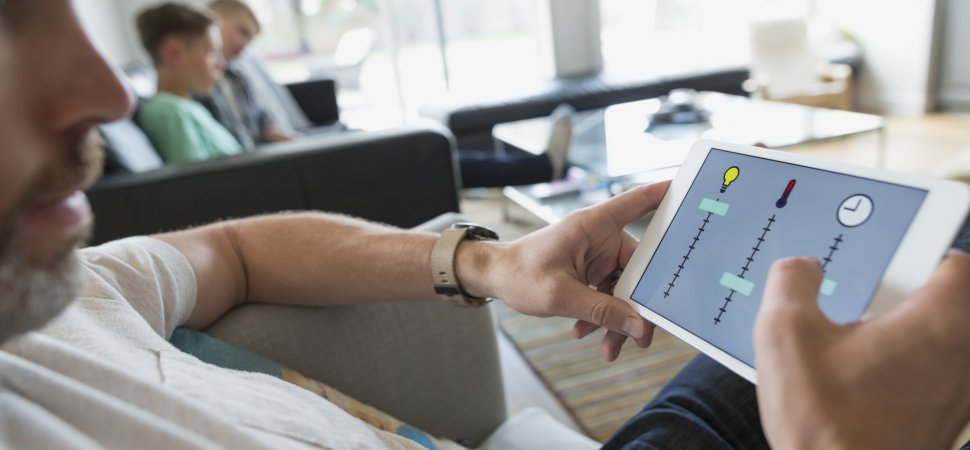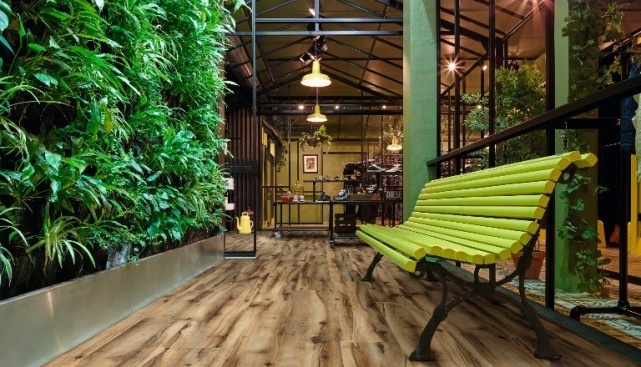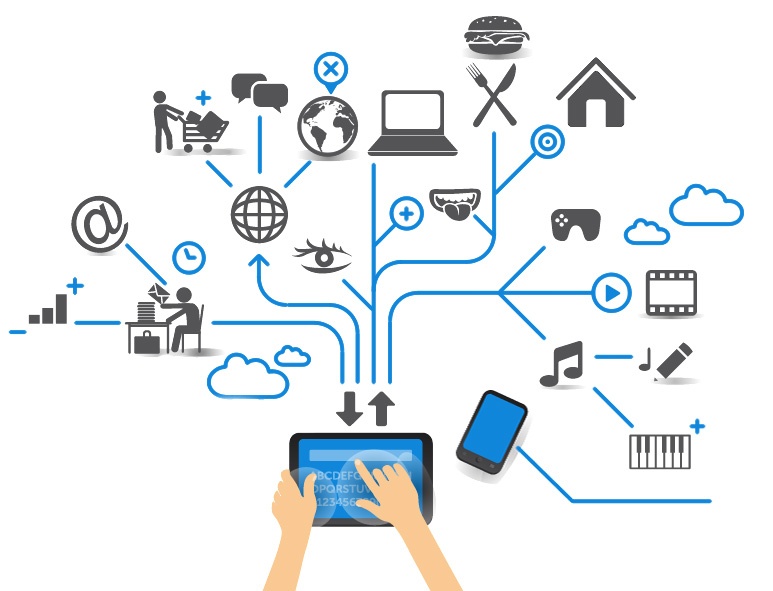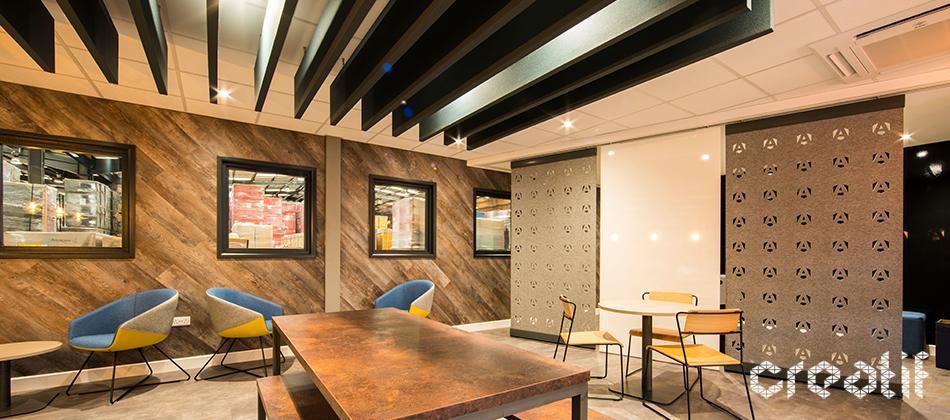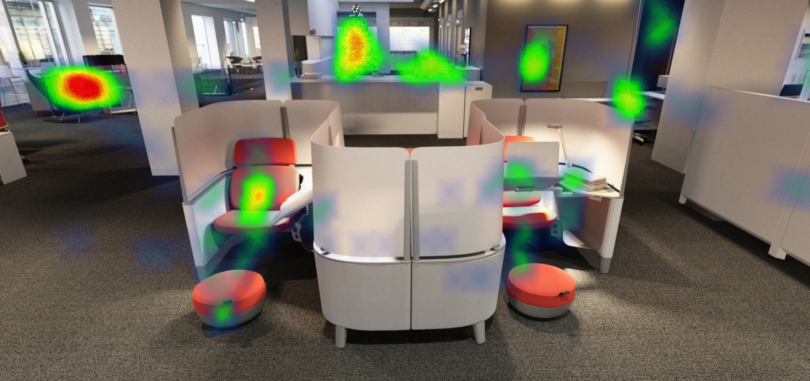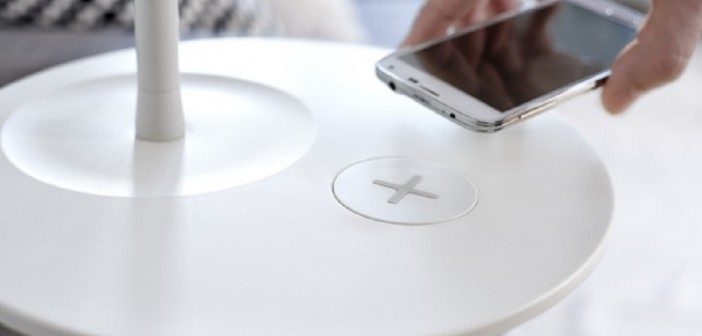|
Brits are known for their stiff upper lip and lack of self-care when it comes to wellbeing. Can smart offices help as a step towards adopting a wellbeing lifestyle philosophy where it’s ok to put oneself and one’s emotional wellbeing first? As explored with the acoustic benefits of biophilia in the workplace, biophilia is one way that an office can be considered smart. By installing lush foliage and green modular walls, offices are noticing a significant increase in wellbeing, productivity and creativity. Elements found in nature (such as plants) need sunshine, water and space: all a form of nourishment that helps them thrive. So, what will make humans thrive? When we think of smart offices it is predominantly the advances in technology that are changing the workplace – for the better. Technology is influencing how people work, where they work, when they work and for how long. What’s more, the global smart buildings market has been predicted to expand at a compound annual growth rate of 29% between 2012 and 2020. Amazon’s Alex for Business is a service created to improve workers’ efficiency. Using voice commands, Alexa can manage calendars, tasks, data requests, conference calls, order supplies and report problems with the building. Freeing up time enables people to multitask which can be labour-saving and cost-efficient for business. What’s more, reducing the stress on an employee means that their emotional wellbeing increases. One consideration is that whilst this may improve the individual’s wellbeing, it’s important to consider noise pollution. As open plan offices become the norm workers are more likely to experience an epidemic of overwhelm. Counterbalance this cross-contamination of communication by using acoustic solutions from Creatif’s ‘Adaptif’ range.
British Land ran a survey of over 1,000 London participants to find out what were the 3 most popular smart office features:
|
What’s fascinating from the research is that workers want smart offices to make them more comfortable, which supports the philosophy that wellbeing is being recognised as an important component of work. People often dread going to work. What if ‘going to work’ was actually pleasurable because it meant going to a space that prioritises contentment? The Comfy App is enabling this contentment as it empowers employees with personalised control over their temperature and lighting. A Smithsonian report confirmed that when workers can control the temperature near them, sick leave is 30% lower than in places that they can’t. Heat mapping is another way smart offices are improving wellbeing. Sensors are being added to chairs that are activated by heat, indicating where employees are choosing to sit. This is especially helpful in open plan offices with hot-desking as it indicates where employees are voluntarily choosing to work.
Are these desks closer to natural daylight? Is it located in a quiet space, evidencing that people need peace and quiet? By monitoring behaviour, businesses are able to access real-time data to continually monitor and improve employees preferred work locations by re-designing under-utilised areas. What about smart offices improving wellbeing for those not employed by the company? Wireless phone charging furniture is popping up in offices across the globe in the form of desk, chairs and lamps. This is a smart move; access to an immediate, universal phone charger enables clients, visitors and recruitment candidates to effortlessly catch up on emails, communicate with colleagues, and feel taken care of; essentially their wellbeing is being considered. Gadgets to improve efficiency, personal temperature and lighting Apps, heat mapping and considered wireless phone charging – all elements of how smart offices can improve wellbeing. Big businesses are already on board. Hitachi has developed a device that, when worn by employees throughout the day, monitors their workplace happiness. Factors such as how workers become more relaxed when their boss leaves early, which actually led to a significant increase in output. In another example, attending morning over evening meetings led to more content workers. By using AI found in smart offices, analysis can determine how to improve productivity, happiness, and overall wellbeing within the business. And there is still an awful lot of untapped potential in this area. For further workplace topics, discover more about the workplace revolution and how tech is transforming the workplace and check out these 9 facts the workplace can learn from bees. |
